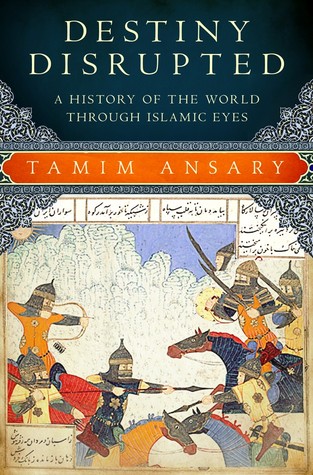Perhaps the most dynamic petri dish of early human culture was that fertile wedge of land between the Tigris and Euphrates known as Mesopotamia—which means, in fact, “between the rivers.” Incidentally, the narrow strip of land flanked by these two rivers almost exactly bisects the modern-day nation of Iraq. When we speak of “the fertile crescent” as “the cradle of civilization,” we’re talking about Iraq—this is where it all began. One key geographical feature sets Mesopotamia apart from some of the other early hotbeds of culture. Its two defining rivers flow through flat, habitable plains and
Perhaps the most dynamic petri dish of early human culture was that fertile wedge of land between the Tigris and Euphrates known as Mesopotamia—which means, in fact, “between the rivers.” Incidentally, the narrow strip of land flanked by these two rivers almost exactly bisects the modern-day nation of Iraq. When we speak of “the fertile crescent” as “the cradle of civilization,” we’re talking about Iraq—this is where it all began. One key geographical feature sets Mesopotamia apart from some of the other early hotbeds of culture. Its two defining rivers flow through flat, habitable plains and can be approached from any direction. Geography provides no natural defenses to the people living here—unlike the Nile, for example, which is flanked by marshes on its eastern side, by the uninhabitable Sahara on the west, and by rugged cliffs at its upper end. Geography gave Egypt continuity but also reduced its interactions with other cultures, giving it a certain stasis. Not so, Mesopotamia. Here, early on, a pattern took hold that was repeated many times over the course of a thousand-plus years, a complex struggle between nomads and city dwellers, which kept spawning bigger empires. The pattern went like this: Settled farmers would build irrigation systems supporting prosperous villages and towns. Eventually some tough guy, some well-organized priest, or some alliance of the two would bring a number of these urban centers under the rule of a single power, thereby forging a larger ...
...more
This highlight has been truncated due to consecutive passage length restrictions.
political unit—a confederation, a kingdom, an empire. Then a tribe of hardy nomads would come along, conquer the monarch of the moment, seize all his holdings, and in the process expand their empire. Eventually the hardy nomads would become soft, luxury-loving city dwellers, exactly the sort of people they had conquered, at which point another tribe of hardy nomads would come along, conquer them, and take over their empire. Conquest, consolidation, expansion, degeneration, conquest—this was the pattern. It was codified in the fourteenth century by the great Muslim historian Ibn Khaldun, based on his observations of the world he lived in. Ibn Khaldun felt that in this pattern he had discovered the underlying pulse of history.


